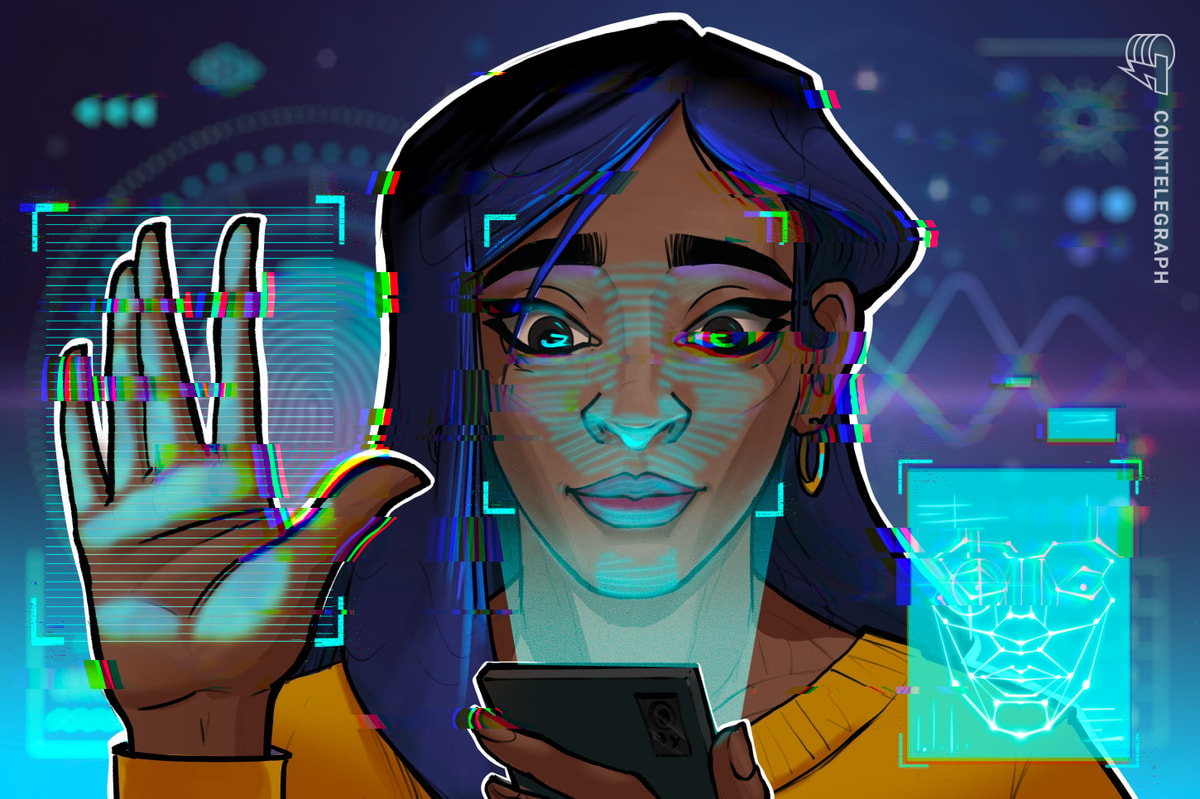Opinion by: Nanak Nihal Singh Khalsa, Co-Founder, Holonym Foundation
In its pursuit of human progress and the advance of human life, humanity has often created more problems than it could actually solve.
It is a cycle of unintended consequences that may be traced back to our beginnings. The cave dwellers created weapons to make hunting and food gathering easier, but these weapons became beacons of conflict and war. The same cycle repeats itself in a very different situation, but with similar effects whether it is allowed to grow and fester.
We are actually firmly within the digital age. Most of our critical systems and infrastructure find their way online. A system is identity, the interface between human rights and private freedom. Identity is such an important aspect of human existence that losing it could literally and figuratively mean the top of life.
And yet modern infrastructures inadvertently condemn some members of humanity to this fate, whether consciously or unconsciously.
The latest digital identity infrastructures, akin to cryptographic systems and zero-knowledge (ZK) proofs, are only accessible to global residents with certain tools: a smartphone and the Internet. This represents only a fraction of your entire world population. Around 2.7 billion people don’t own a smartphone, while around 2.6 billion remain offline. If our identity systems don't take this a part of humanity into consideration, we are able to't really call them that.
Stateless cryptographic identity
It is becoming increasingly clear that the trail humanity is currently taking on the subject of digital identity results in just one destination: a dystopian future. To prevent this reality, there may be an urgent need for identity architectures that prioritize accessibility and inclusion while limiting opportunities for surveillance, dehumanization, and human rights violations.
These systems should ideally be designed for resilient, low-infrastructure environments where connectivity, condition awareness, or continuous power can’t be assumed. Fortunately, the technology to design these systems already exists.
Offline certificates
Offline attestations via QR codes, NFC cards, or local mesh networks enable offline identity verification in locations without web or constant power, making them more accessible types of digital identification.
Peer-signed credentials
Peer-signed credentials can effectively replace corporate and government identity credentials, providing a very decentralized technique of identity verification.
These tools provide a path to a human-centered digital identity system that shouldn’t be vulnerable to surveillance or dehumanization while providing accessibility and reliability.
Where the present systems fail
The biggest problem with the newest digital identity systems is that they inadvertently reinforce a few of the problems of older systems, akin to: B. Dehumanization, exploitation and inaccessibility, albeit in other ways.
Think of outdated systems akin to ID cards or SIM cards. These were introduced to assist governments classify and organize their residents. Nevertheless, over time they’ve also excluded people without proper documentation, expanded surveillance capabilities and established central checkpoints. In many places, these systems leave individuals with little opportunity to defend themselves against abuses, and so they often undermine the appropriate to privacy by allowing governments to observe their residents without adequate safeguards.
Blockchain-based systems address a few of these accessibility issues because they typically require less Know Your Customer (KYC) and may be more open to users without traditional identification. However, they arrive with different trade-offs, as most public blockchain systems make transaction history visible to everyone, which poses potential privacy risks at the same time as they lower barriers to entry. Due to the technical complexity, less experienced users are still vulnerable to errors or exploitation.
Ultimately, the core problem is that many systems don’t yet balance accessibility and privacy in a way that works for everybody. Digital identity solutions should aim to guard user privacy, prevent censorship, and remain open to everyone, no matter whether someone has the “right” documents or tools.
What the crypto world needs to grasp
Blockchain and crypto-related technologies is not going to change the world without bringing more engineers and VC-backed founders on board. It will change the world if it could actually help stateless, undocumented, and disconnected people without compromising their safety, dignity, or control.
The first step to realizing this reality is to interchange centralized systems with verifiable, interconnected systems. Even though crypto advocates decentralization, it remains to be a great distance from achieving it.
Humanitarian contexts are the actual testing ground for decentralized infrastructure. It's easy to speak about self-sovereignty and resistance to censorship in a coworking space in San Francisco. It is rather more difficult and urgent to bring these ideals to life in lower than perfect places, akin to a refugee camp, a war zone, or an off-grid village.
In these contexts, things that identity systems depend on, akin to trusted issuers, cloud services, smartphones, and the Internet, aren’t available. If crypto desires to prove its value to the world, it must stop constructing only for itself. Investment have to be made in infrastructure that works at the sting where systems fail, fairly than where they function easily.
Now is the time for us to take a stand on the style of digital ID infrastructure we wish to construct to avoid making the identical mistakes of the past, or worse, bringing a couple of dystopian reality where identity is used as a weapon against the less privileged in our society.
Opinion by: Nanak Nihal Singh Khalsa, Co-Founder, Holonym Foundation.
This article is for general information purposes and shouldn’t be intended to constitute, and shouldn’t be construed as, legal or investment advice. The views, thoughts and opinions expressed herein are those of the writer alone and don’t necessarily reflect the views and opinions of Cointelegraph.

